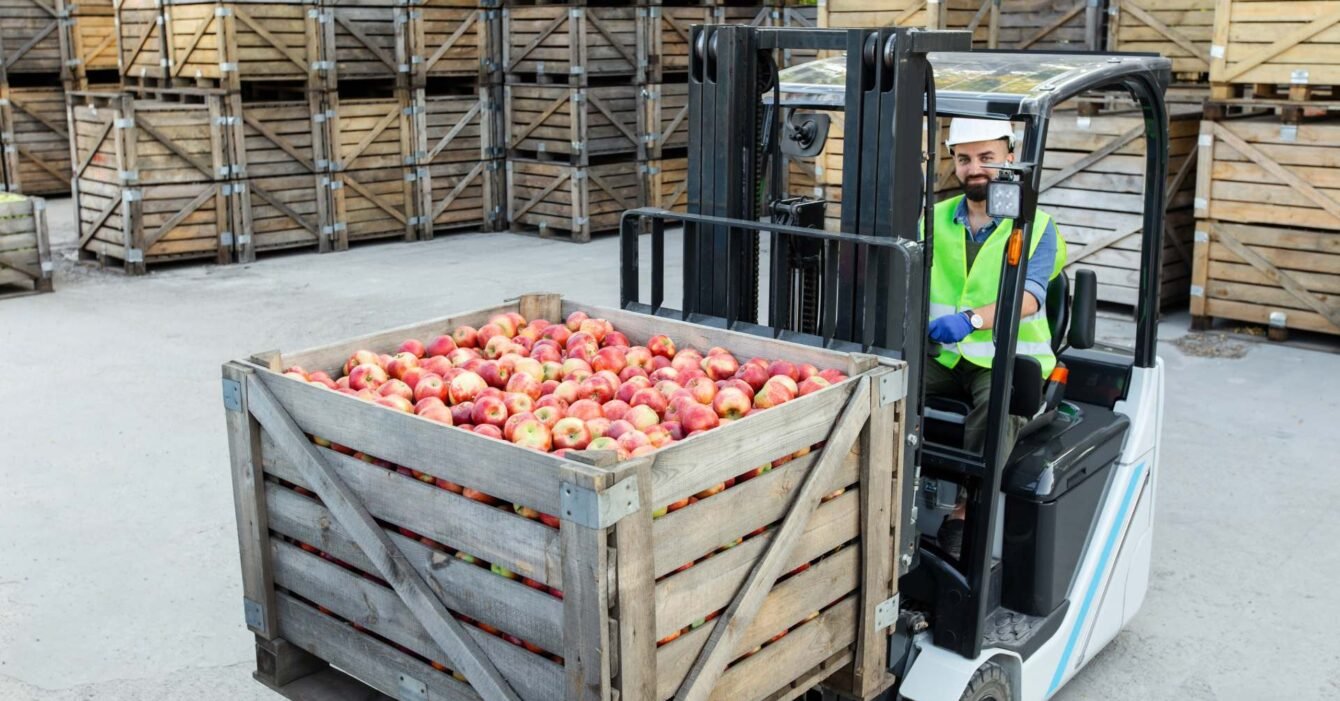Design Strategies to Improve Efficiency in FMCG Distribution Centers
In the fast-moving consumer goods (FMCG) sector, efficient distribution centers are critical to ensuring that products are delivered swiftly and cost-effectively. With demand for FMCG products continuously rising, it is essential for businesses to adopt design strategies that optimize space and improve workflow. Effective FMCG distribution center design can significantly enhance operational efficiency, reduce costs, and improve customer satisfaction.
This article explores the key design strategies that FMCG companies can implement to optimize their distribution centers, with a focus on space utilization and workflow improvements.
Optimizing Space in FMCG Distribution Center Design
Maximizing available space is a crucial aspect of FMCG distribution center design. With limited real estate, especially in high-demand areas such as Saudi Arabia’s major cities, distribution centers must be designed to make the most out of every square foot. Here are a few ways to achieve this:
- Vertical Storage Solutions: One of the most effective ways to optimize space is through vertical storage. By utilizing tall shelving units and multi-tier racking systems, businesses can significantly increase their storage capacity without expanding their physical footprint. This is especially beneficial for products that do not require frequent access and can be stored in high racks, such as seasonal FMCG items or bulk goods.
- Narrow Aisle Layouts: Traditional wide aisle layouts take up unnecessary space in distribution centers. Switching to narrow aisle layouts allows for more storage capacity and better use of floor space. Narrow aisle forklifts and automated guided vehicles (AGVs) can be used to navigate these tighter spaces, ensuring that goods are retrieved and transported efficiently.
- Cross-Docking: Cross-docking is a space-saving strategy that reduces the need for large storage areas. Products are unloaded from inbound trucks and directly loaded onto outbound vehicles without long-term storage. This reduces the number of goods held in inventory, freeing up space and speeding up the distribution process.
- Flexible Modular Design: Modular design, which involves constructing parts of the distribution center as interchangeable units, allows for easy expansion or reconfiguration of storage areas. This flexibility ensures that space is utilized efficiently and can adapt to changes in inventory levels or product lines.
Enhancing Workflow Efficiency in FMCG Distribution Centers
In addition to space optimization, improving workflow is another key element of efficient FMCG distribution center design. A streamlined workflow can reduce bottlenecks, minimize handling times, and enhance overall productivity. The following strategies are essential for improving workflow in FMCG distribution centers:
- Automated Systems: Automation is at the forefront of efficient distribution center operations. Conveyor belts, sorting systems, and AGVs can be integrated into the facility’s workflow to speed up the movement of goods, reduce human error, and minimize labor costs. Automated storage and retrieval systems (AS/RS) are also gaining popularity, particularly in large FMCG warehouses, where quick and accurate access to products is critical.
- Clear Zoning and Layout Planning: Zoning the distribution center into specific areas based on product type, handling requirements, or shipping schedules helps ensure a smooth workflow. For example, high-demand products can be stored closer to the loading docks, while bulk or seasonal items can be placed in less accessible areas. This strategic layout reduces travel time for warehouse staff and speeds up order processing.
- Real-Time Data Integration: Leveraging data in real-time can enhance decision-making and workflow efficiency. Warehouse management systems (WMS) can track product locations, manage inventory levels, and optimize picking and packing processes. By integrating WMS with other systems such as enterprise resource planning (ERP) tools, FMCG distribution centers can operate more cohesively, ensuring a streamlined workflow.
- Ergonomic Design for Staff Efficiency: The physical design of a distribution center should also prioritize employee efficiency and safety. Ergonomically designed workstations, optimized walking paths, and automated lifting equipment can reduce worker fatigue, improve accuracy, and enhance overall productivity. An employee-friendly design encourages a more efficient workflow and reduces the risk of injury or errors.
Conclusion
An optimized FMCG distribution center design that focuses on space utilization and workflow enhancements can make a significant difference in the overall efficiency of operations. By adopting strategies such as vertical storage, cross-docking, and automated systems, FMCG businesses can ensure that their distribution centers operate at peak performance. As demand continues to grow, especially in markets like Saudi Arabia, efficient distribution center design will play a critical role in maintaining a competitive edge and delivering products to customers faster and more cost-effectively.



